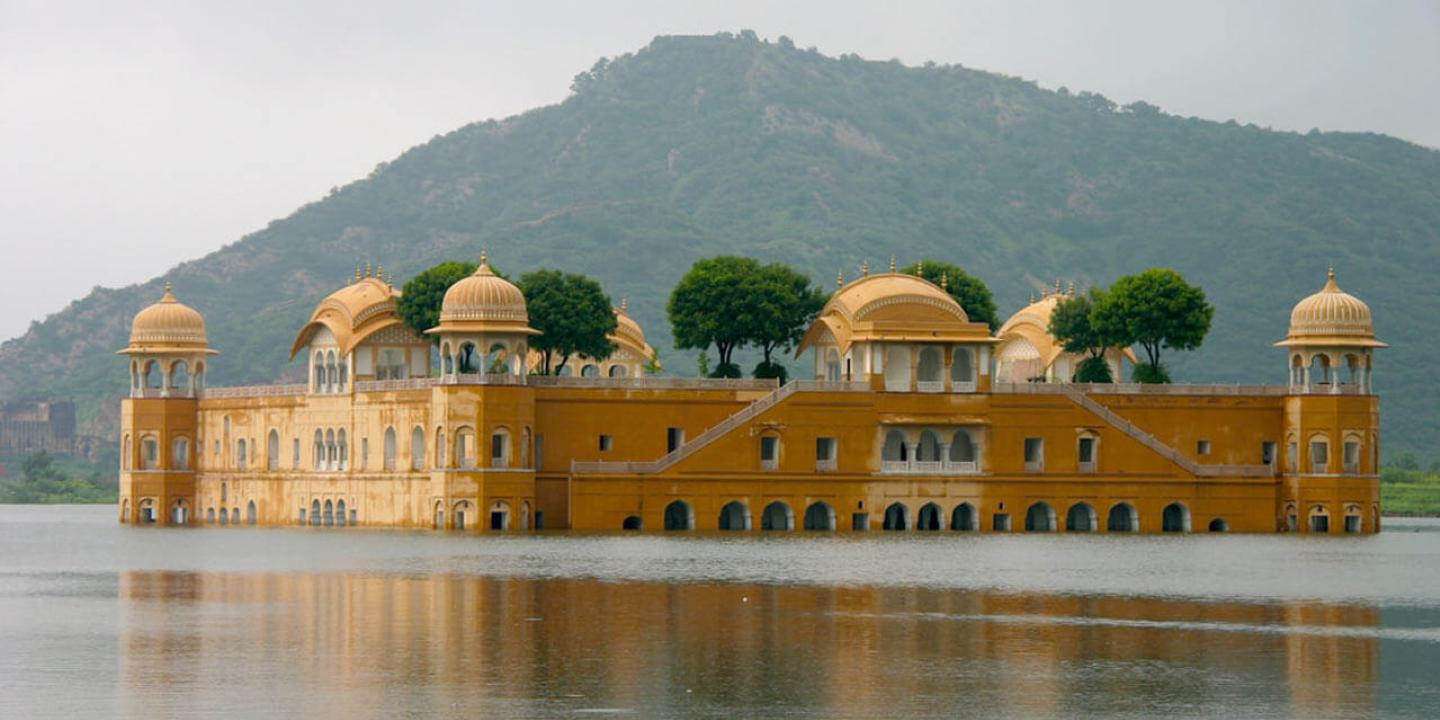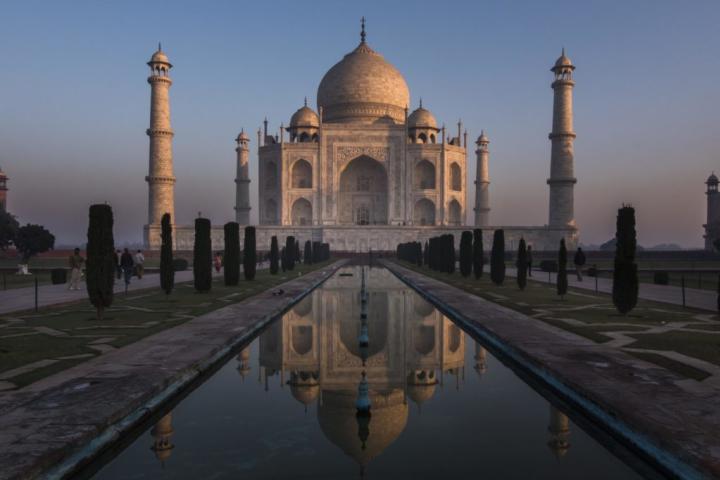When it comes to the beauty and heritage of Jaipur, the stunning Jal Mahal, or "Water Palace," stands out as one of the city’s most enchanting landmarks. Nestled in the heart of Man Sagar Lake, this palace appears to float on the lake's waters, offering a magical sight for all who visit. In this article, we’ll uncover the architectural wonder, history, and the cultural importance of Jal Mahal, along with practical tips for your visit.
Jal Mahal – The Jewel of Jaipur
Jal Mahal, translating to "Water Palace," was originally built as a royal retreat. Its history dates back to the 18th century when it was constructed under Maharaja Madho Singh I as a resting place during hunting expeditions. Today, the palace stands as an iconic representation of Jaipur’s blend of royalty and architectural mastery.
Architectural Grandeur of Jal Mahal
The architecture of Jal Mahal is a fascinating fusion of Mughal and Rajput >
The Lake That Surrounds: Man Sagar Lake
Man Sagar Lake, an artificial lake created in the early 1600s, is the body of water that envelopes Jal Mahal. It was initially constructed by damming the river to combat drought issues. The lake was later restored, bringing ecological balance to the area and making it a natural haven for many species.
Jal Mahal’s Floating Illusion
One of the most enchanting aspects of Jal Mahal is its floating illusion. The palace’s structural design ingeniously hides four of its five floors underwater, creating an effect that makes it appear as if it’s gently resting atop the lake’s surface. This architectural feat attracts photographers and tourists from around the world, eager to capture this optical wonder.
History of Jal Mahal – The Royal Retreat
Originally conceived as a hunting lodge, Jal Mahal was not intended as a royal residence. The palace offered a retreat from the city’s bustling life and was a popular site for Rajput rulers during their recreational escapades.
Restoration Efforts Over the Years
Jal Mahal has faced challenges from environmental factors and aging. Extensive restoration projects have been undertaken to preserve its architectural beauty. The government and conservationists have played crucial roles in maintaining the structural integrity of Jal Mahal and the ecological balance of Man Sagar Lake.
Architectural Details: Exploring Each Level
The palace features five floors, but only the topmost level remains visible above water. The submerged floors add mystery to the structure, with many wondering what lies below. This design not only contributes to the aesthetic appeal but also keeps the lower floors cool and protected from harsh weather.
Red Sandstone – The Building Material
Red sandstone was chosen for its durability and ability to withstand water exposure, which is essential for a structure like Jal Mahal. The sandstone gives the palace its distinct hue, enhancing its beauty against the lake’s blue background.
Flora and Fauna Around Jal Mahal
Man Sagar Lake is a sanctuary for numerous species, particularly migratory birds. Birdwatchers can spot flamingos, pelicans, and herons. The area also supports diverse plant life, creating a natural habitat that adds to the palace's serene ambiance.
The Royal Garden – Chahar Bagh
Atop the palace lies a beautifully designed Chahar Bagh, a four-part garden typical of Persian-inspired Mughal architecture. This royal garden was a symbol of paradise, reflecting the rulers' appreciation for nature and art.
Visiting Jal Mahal: A Tourist’s Guide
Jal Mahal is located just 4 km from Jaipur’s city center, making it easily accessible. The best time to visit is during the winter months (October to March) when the weather is pleasant, and the lake is at its most scenic.
Viewing Points and Photography Tips
Visitors often stop along the roadside to capture views of Jal Mahal. For photography enthusiasts, early morning or dusk provides the best lighting. Wide-angle lenses are ideal for capturing both the palace and its reflection in the lake.
Activities Around Jal Mahal
Boating in Man Sagar Lake allows tourists to get closer views of Jal Mahal. Street vendors in the area offer traditional Rajasthani snacks, giving visitors a taste of local flavors while soaking in the picturesque views.
How Jal Mahal Shines at Night
At night, Jal Mahal transforms into a glowing spectacle as it lights up, creating a mesmerizing reflection in the still waters of Man Sagar Lake. The illuminated palace against the dark night sky is a sight not to be missed.
Myths and Legends Associated with Jal Mahal
Several myths surround Jal Mahal, including tales of hidden treasures and ghostly apparitions. Local folklore often attributes a mystical aura to the palace, adding intrigue for visitors.
Conclusion
Jal Mahal is more than just an architectural masterpiece; it’s a symbol of Jaipur's rich history, artistry, and cultural legacy. From the serene lake surroundings to the intricate palace designs, it captivates all who visit. Next time you’re in Jaipur, take a moment to admire Jal Mahal and its timeless beauty.
FAQs
Is Jal Mahal open for visitors?
No, public entry into the palace is currently restricted, but it can be admired from the shore.What is the best season to visit Jal Mahal?
The ideal time is from October to March when the weather is comfortable and the lake is full.How do I reach Jal Mahal from central Jaipur?
Jal Mahal is only 4 km from the city center, easily accessible by car, auto-rickshaw, or local buses.Are there any entry fees to see Jal Mahal?
No, there are no fees to view Jal Mahal from the shore.What other attractions are near Jal Mahal?
Nearby attractions include Amber Fort, Hawa Mahal, and Nahargarh Fort, all within a short distance from Jal Mahal.

















